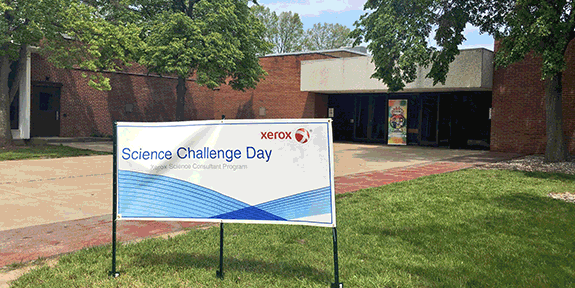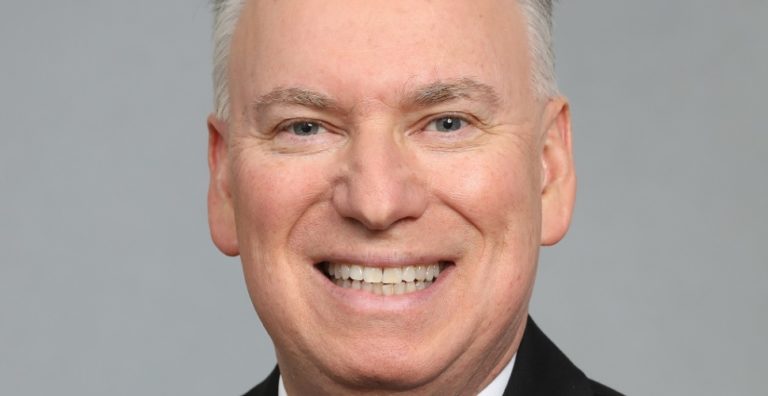By Gregory Pings, manager, Content Marketing for Xerox
Industry insiders call it the 21st Intelligent Transport Systems (ITS) World Congress. For the rest of us, it’s a trade show that attracts transportation policymakers, researchers, high-tech innovators, and business professionals from the United States, Europe and Asia. They gathered in Detroit earlier this week to share the latest intelligent transportation systems applications from around the world.
Transportation experts from Xerox were there, and we report on some of the things people saw and did in Detroit – courtesy of RealBusiness.com. Take a look at these articles and join the conversation on Twitter.
Remove the steering wheel or the person behind it and the roads will actually be safer! #ITS http://t.co/KQzPglGXR7
— Darrell Minards (@DarrellMinards) September 10, 2014
Future Transportation Solutions: Live from the 2014 ITS World Congress – One of the biggest challenges facing self-driving vehicles is convincing the general public that they’re safe. Here’s a statistic for the debate: Human error is the cause of 90 percent of accidents. Of course Big Data and the cloud will figure into our transit systems. Richard Harris, solution director for International Transportation and Government at Xerox noted that the emphasis will be on security. “There will be more and more data available on where vehicles are and how they’re traveling,” he said. “There have to be safeguards built in.”
ITS attendees got a look at Navia, a driverless vehicle from Induct Technology. It looks like an oversized golf cart, and it automatically follows the programmed route, comparing what it sees on its path with the 3-D map that is stored in its system. The Navia is intended for controlled, private sites such as college campuses, airports, and shopping malls.
How to Make the Future of Transportation Happen — We have the technology to bring the future of transportation to life, but the primary factor is cost. What will it take to keep research, production, and customer education moving?
Photo enforcement, for instance, requires more awareness among the general public and a higher priority among policy makers in government. Robert De Beukelaer, solution delivery director at Xerox, points out that compliance with posted speed limits can reduce road fatalities by as much as 80 percent. “I don’t think there is any question that photo enforcement helps,” he said. “The only way to guarantee compliance is enforcement.”
In a different workshop, Susan Shaheen noted that urban mobility is hitting its stride. Shaheen is a Cal-Berkeley professor of transportation engineering. She is one of the preeminent researchers of bike sharing, car sharing, and smart parking in the U.S. In a brief Q&A, Shaheen points out that auto sales to younger adults and millenials are down for several reasons. Among them:
- Migration to urban living.
- Lingering effects of the 2008-09 economic recession.
- Smartphones and the desire (need?) to be connected at all times and multitask.
Part 2 of Susan’s interview will be published on Real Business next week. Subscribe to Real Business’ newsletter so that you can be sure to catch the rest of her Q&A.
Other Real Business articles about the future of transportation
5 Ways That Self-Driving Cars Will Change Everything — Yes, Every. Thing.
Can All-Electric Buses Put a Charge into Urban Planning?
The Future of the Parking Sign
Smart Technologies are Revolutionizing Trucks
Can it Work in the U.S.? A Plan to Ease Traffic in Our Busiest Cities
Subscribe to Simplify Work and receive email updates when we publish a new article.



